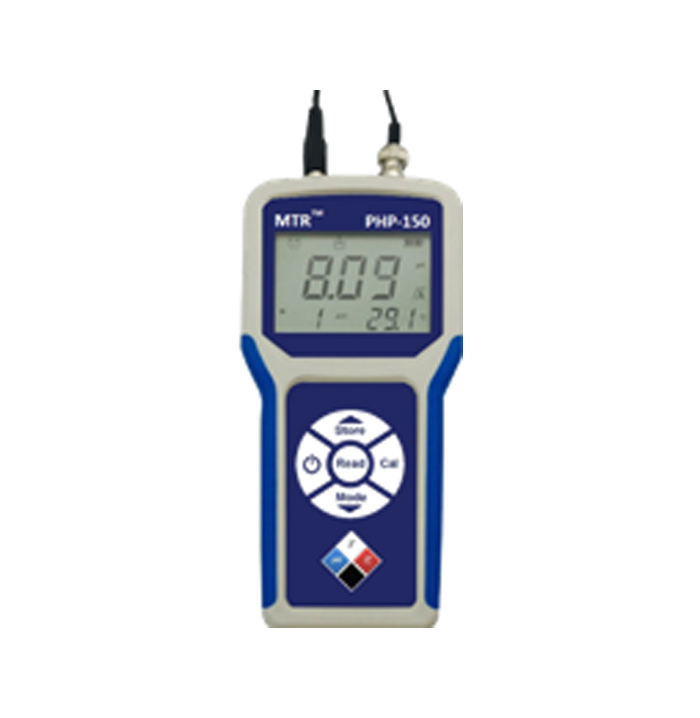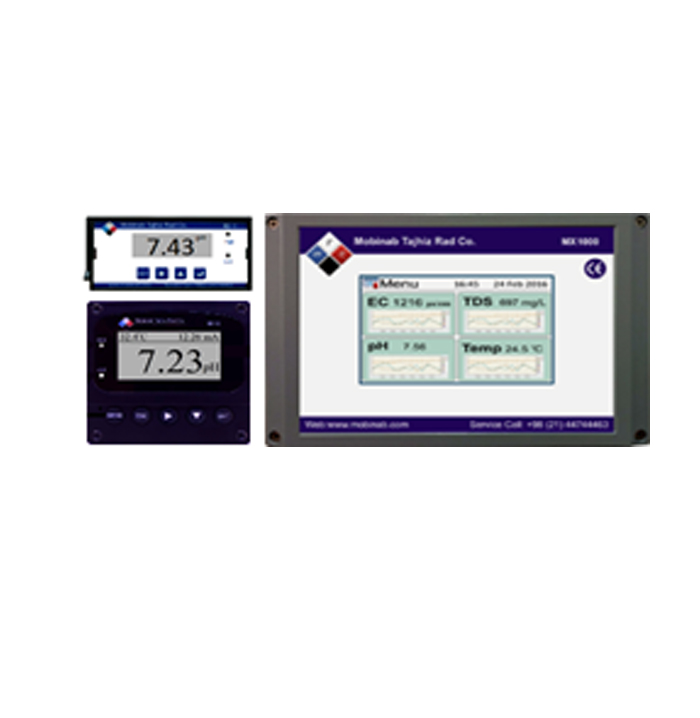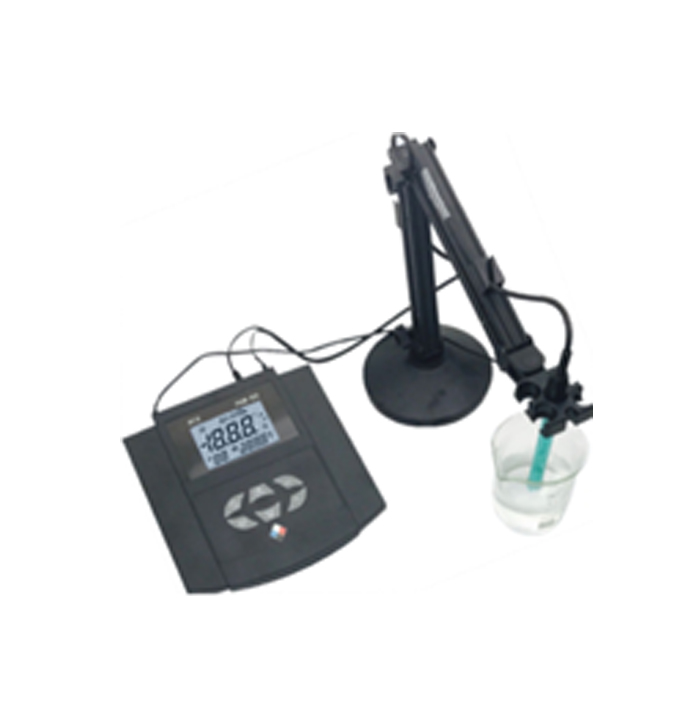Turbidity TSS |
Smell, Taste and Turbidity are the Most Important Indicators of Drinking Water Quality. Turbidity is a Measure of the Loss of Water Clarity Due to The Presence of Suspended Particles in It. If The Total Amount of Suspended Solids in Water (T.S.S.) Is High, the Water Looks Darker and Its Turbidity Is Higher.
This Parameter is Known as a Simple and Basic Indicator of Water Quality and Has Been Used to Monitor Drinking Water, Including Water Produced by Filtration, for Decades. Factors that Can Cause Turbidity in Water Include: Phytoplankton’s, Sediments Caused by Corrosion, Redistribution of Deposited Sediments, Entry of Waste into Water, Growth of Algae, etc. High Turbidity Can Cause Environmental Hazards, Endangering the Lives of Organisms, Aesthetic problems, spread of water-borne diseases, disrupting chemical and biological experiments, Excessive Increase in Water Temperature, etc.
Nephlometric Method Is Used to Measure This Parameter. In This Method, the Light is Scattered by Suspended Particles in the Sample at an Angle of 90 Degrees and Then the Scattered Light is Measured. The Light Source is a Narrow Infrared Ray at 880 nm That Produces a Strong IR Pulse. The Emitted Light is Proportional to the Turbidity.






